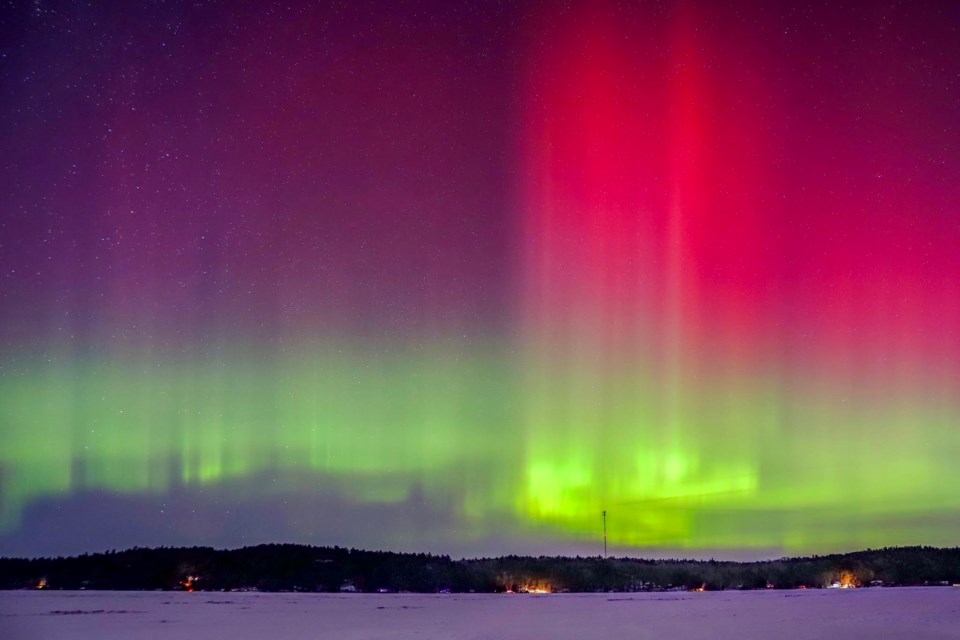An intense geomagnetic storm in the Sun created a spectacular display of the northern lights last night.
As predicted by the NOAA Space Weather Prediction Center, the G3 storms created some of the most intense aurora borealis phenomenon in recent memory. The storms were so powerful, the northern lights could be seen across the northern hemisphere of the Earth, covering all of Canada and making the lights visible as far south as Montana.
The Sun is approaching its solar maximum, which makes 2023 a good year for northern lights. As explained by Dr. Tony Phillips on Spaceweather.com, a magnetic filament linked to sunspot AR3229 erupted Feb. 24. This produced a chain of events that triggered a medium-intensity solar flare that disrupted communications on Earth for about an hour that day.
But then, a coronal mass ejection, at least partially facing our planet, burst from the surface of the Sun in the same area as the flare, sending a blast of plasma and charged particles out into space.
Aurora borealis is caused when those particles slam into the Earth’s atmosphere at speeds up to 72 million km/h and are moved by the planet’s magnetic field toward the poles. The energy of these particles ioinizes elements in Earth’s atmosphere, exciting them and producing light as a byproduct.
Yesterday wasn’t the last day to see the lights either. In fact, tonight has the potential for the most intense auroras. The website AuroraForecast.com predicts an intense, active aurora with favourable conditions for major aurora activity.
Even tomorrow, Feb. 28, and March 1, conditions should be good for an elevated aurora the site predicts.
The AuroraZone.com website states the light can be visible as soon as darkness falls or begins to fall, but the most intense displays tend to appear between 9 p.m. and 2 a.m. The brightest and most intense aurora borealis occur between 9:30 p.m. and 1 a.m.
